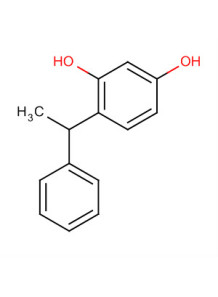Phenylethyl Resorcinol (e.q. SymWhite 377)
Cosmetics
Code: 898
It is considered one of the safest whitening substances. and provide maximum efficiency Compared to general whitening substances such as Kojic Acid, Alpha Arbutin
*Can irritate the skin*
Cart
No products
Subtotal:
0.00
Total
0.00
THB



